A lot of homeowners only call for air conditioning repair when their system totally fails. However, the truth is your air conditioner will often give warning signs before a complete breakdown that results in new AC installation. Noticing early problems and calling the experts at Mayeuxs AC & Heating to address issues early can help you avoid the hassle and expense of a full AC system failure. More importantly, it can stop you from having to endure the uncomfortable feeling of having your AC fail on a hot day.
When you call us, our team of certified HVAC technicians will diagnose the issue, fix the problem and get your AC back on track. We have a proven track record in the community and provide high-quality, cost-effective AC service for area residents.
Why wait until your cooling system stops working? Skip all that hassle by calling today to schedule AC repair in Norco, LA, from Mayeuxs AC & Heating.
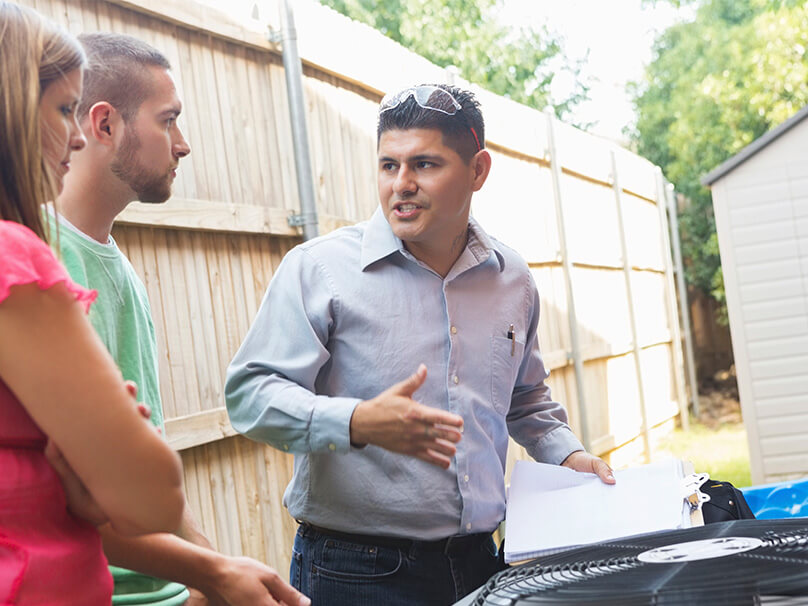
Signs You Need AC Repair
Wondering if your air conditioner requires service? From unusual smells to no cold air coming from the vents, there are many clues that your cooling system has a problem and needs attention or service.
Here are some warning signs that trouble may be around the corner and it’s time to call an HVAC technician from Mayeuxs AC & Heating:
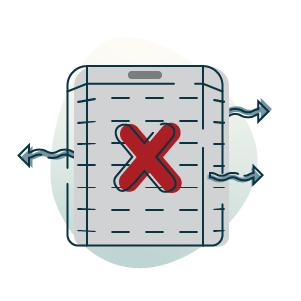
AC blows warm air instead of cold
If hot air is blowing out of your AC unit instead of cool air, or if the air isn’t as cold as you’d like, it’s a wise decision to call us for professional cooling service.
AC keeps turning on and off
If your AC system cycles frequently instead of maintaining steady operation, it could be a symptom of underlying trouble and should be looked at by one of our certified HVAC technicians.
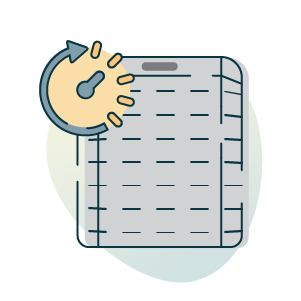
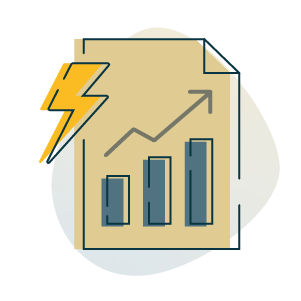
Home energy bills spike for what seems like no reason
A sudden spike in your energy expenses can be an indicator your AC unit is becoming less efficient, which means it uses more energy to maintain a comfortable indoor temperature and needs AC maintenance or repair.
Unusual odors are coming from your air conditioning
Air conditioners should not stink. A strange smell coming from your AC unit should be evaluated by a professional, as they can be a red flag for issues like mold, mildew or even electrical issues.
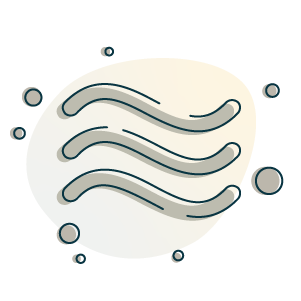
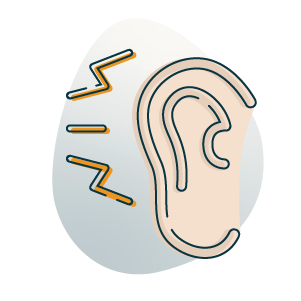
AC starts making noises
If you hear unusual noises when your air conditioner is running — thumping, rattling or squealing, to name just a few — it’s important to call for professional HVAC service to evaluate your system.
Request Pro Air Conditioner Repair Right Away
When you need air conditioning service fast, get in touch with the HVAC repair specialists at Mayeuxs AC & Heating. We’ll speedily pinpoint the problem when your equipment won’t start or provide sufficient cool air.



